Introduction: Billions on the Move
Every fall, more than 4 billion birds leave their breeding grounds in the United States and Canada, traveling thousands of miles to warmer regions of Central and South America. This epic journey — known as fall bird migration — is one of nature’s most fascinating spectacles.
As climate patterns shift and landscapes change, understanding the 2025 migration season is more important than ever — not just for bird lovers, but for anyone who wants to support wildlife right from their backyard.
2025 Migration Outlook: What’s Different This Year
The 2025 migration season is expected to begin slightly earlier in many regions of North America due to warmer temperatures in late summer and early fall. According to recent reports from BirdCast and eBird:
-
Peak migration windows: Late September to early November
-
Migration intensity: Above average for insect-eating songbirds and waterfowl
-
Shifts: Warmer northern temperatures and delayed cold fronts are extending stopovers in the Midwest and Northeast
Birds such as the Baltimore Oriole, Blackpoll Warbler, Swainson’s Thrush, and American Redstart will follow well-established flyways to reach Central and South America before winter sets in.
Major Migration Routes in 2025
North America’s migratory birds follow four main flyways, each with unique stopovers and habitats:
-
Atlantic Flyway: From eastern Canada and New England down to the Caribbean and northern South America
-
Mississippi Flyway: Following the Mississippi River through the central U.S.
-
Central Flyway: Across the Great Plains into Mexico and beyond
-
Pacific Flyway: From Alaska and the Pacific Northwest down the western coast
These “sky highways” are critical for refueling and resting — and many pass directly over suburban neighborhoods, city parks, and backyards.
Climate Change and Migration Challenges
Migration is becoming more unpredictable due to environmental pressures:
-
🌍 Climate Change: Alters migration timing and food availability
-
🏙️ Habitat Loss: Urbanization reduces critical stopover sites
-
💡 Light Pollution: Disorients night-migrating species
-
🌪️ Extreme Weather: Storms and wind shifts increase mortality rates
Conservationists stress that backyard habitats and urban green spaces are more important than ever for supporting exhausted migrants.
How to Help Migrating Birds in Fall 2025
You don’t need to be a scientist to make a difference. Here’s how you can turn your home into a migration rest stop:
-
Install smart bird feeders with high-protein seed and suet blends
-
Provide a fresh water source (bird bath or fountain)
-
Plant native shrubs and trees to offer food and shelter
-
Turn off outdoor lights during peak migration nights
-
Keep windows visible to prevent collisions
The 2025 fall migration season is already underway — and your backyard can be part of the story. By offering food, water, and safe habitat, you can support thousands of birds on their incredible journey south.
👉 Explore smart bird feeders and create a migration-friendly backyard at PerchMe.com

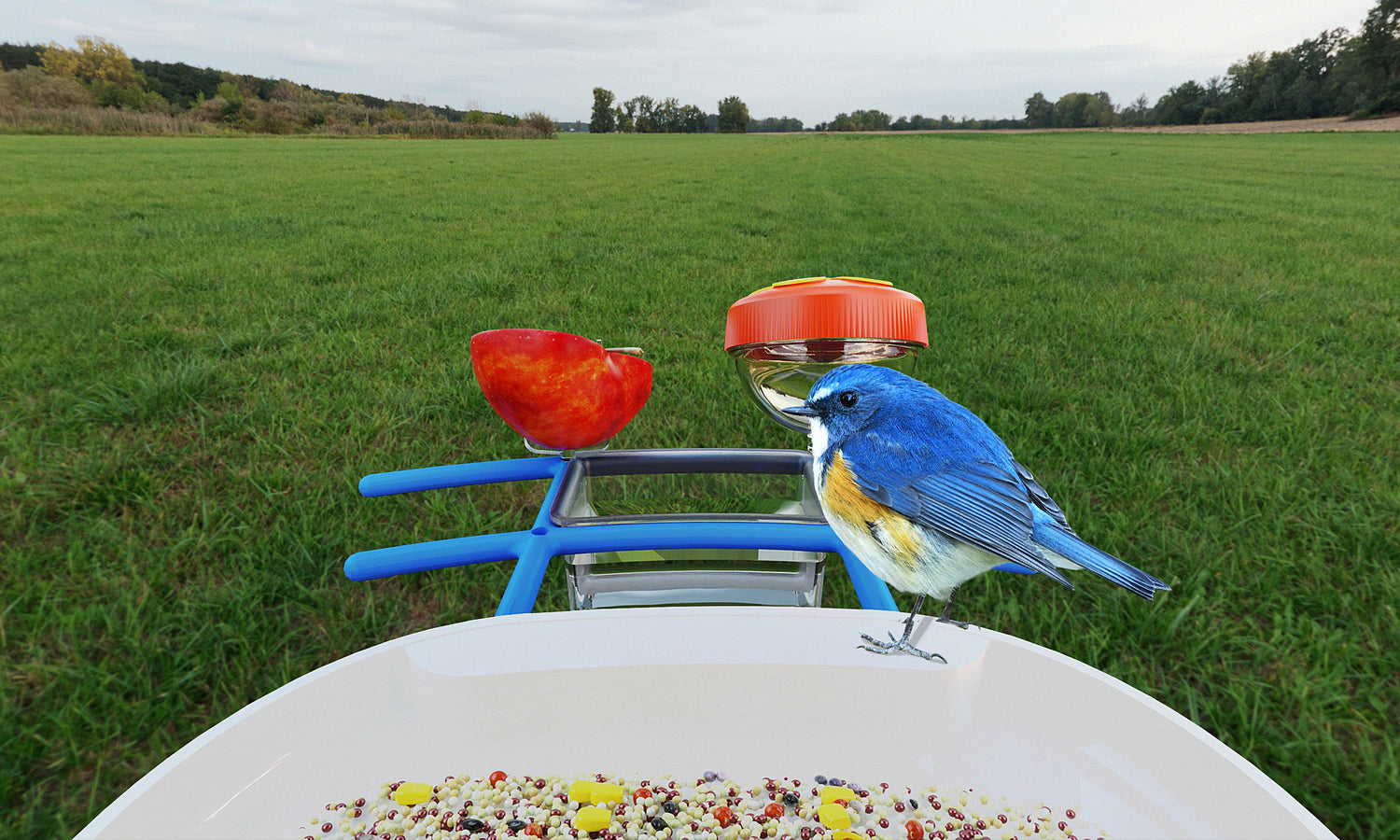
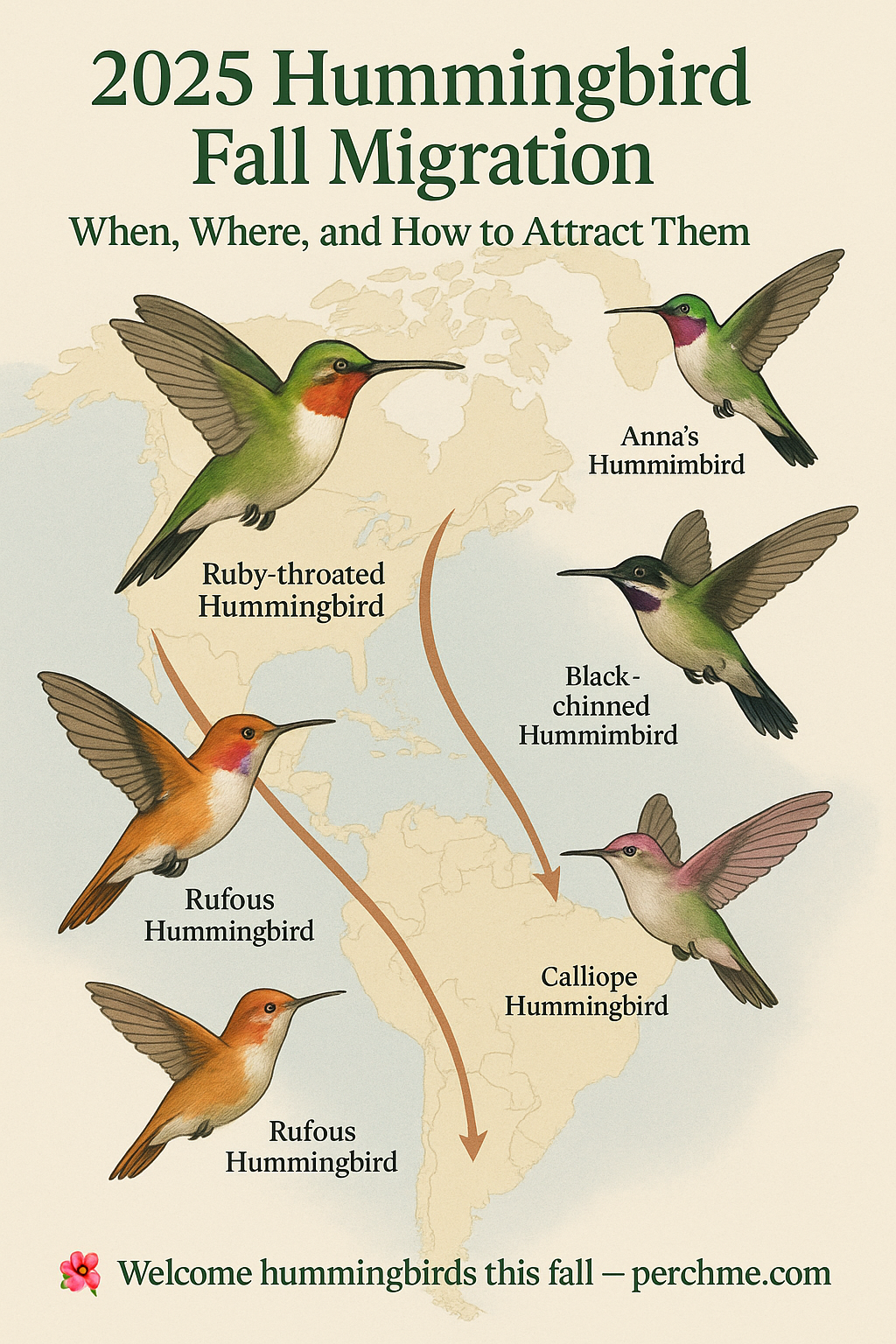
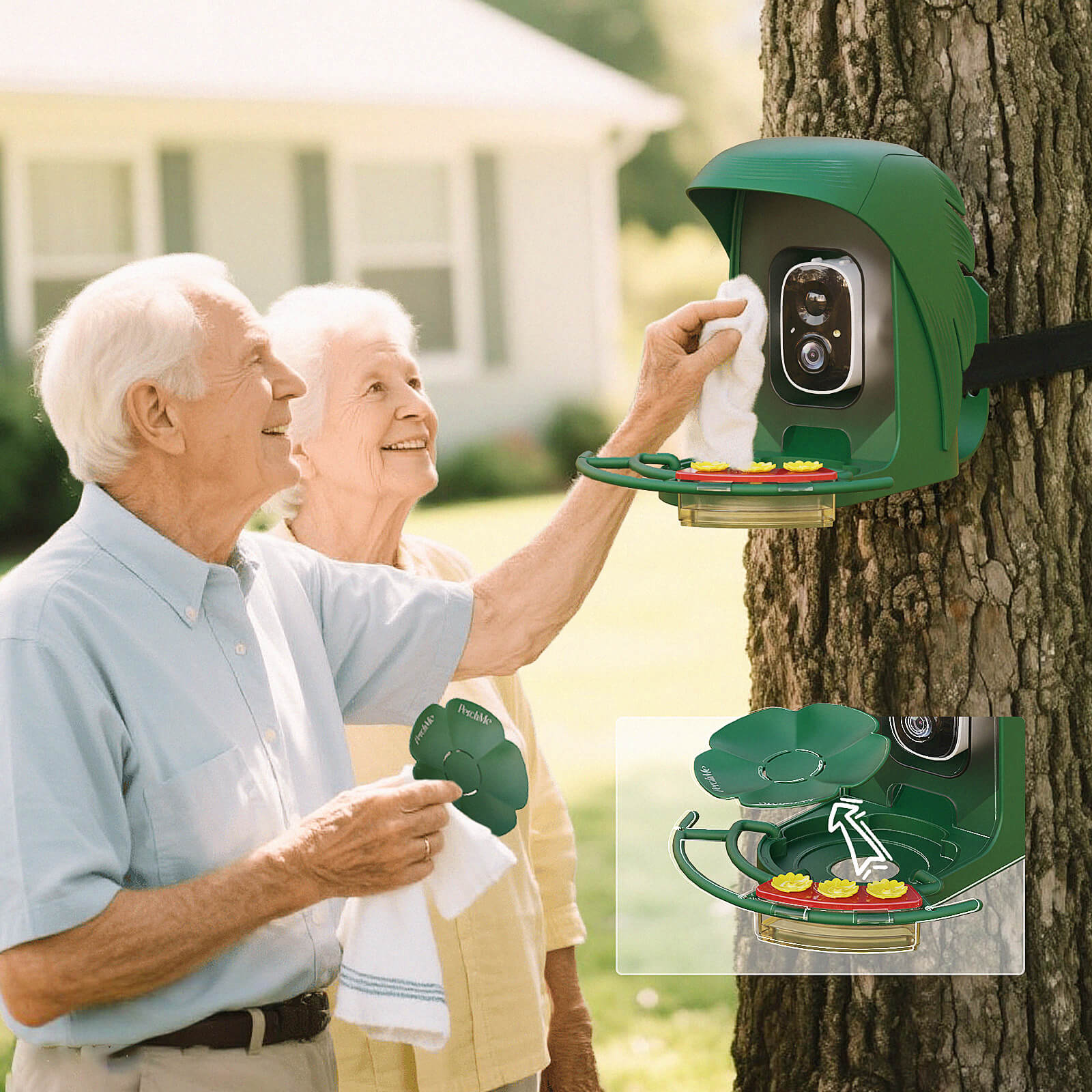
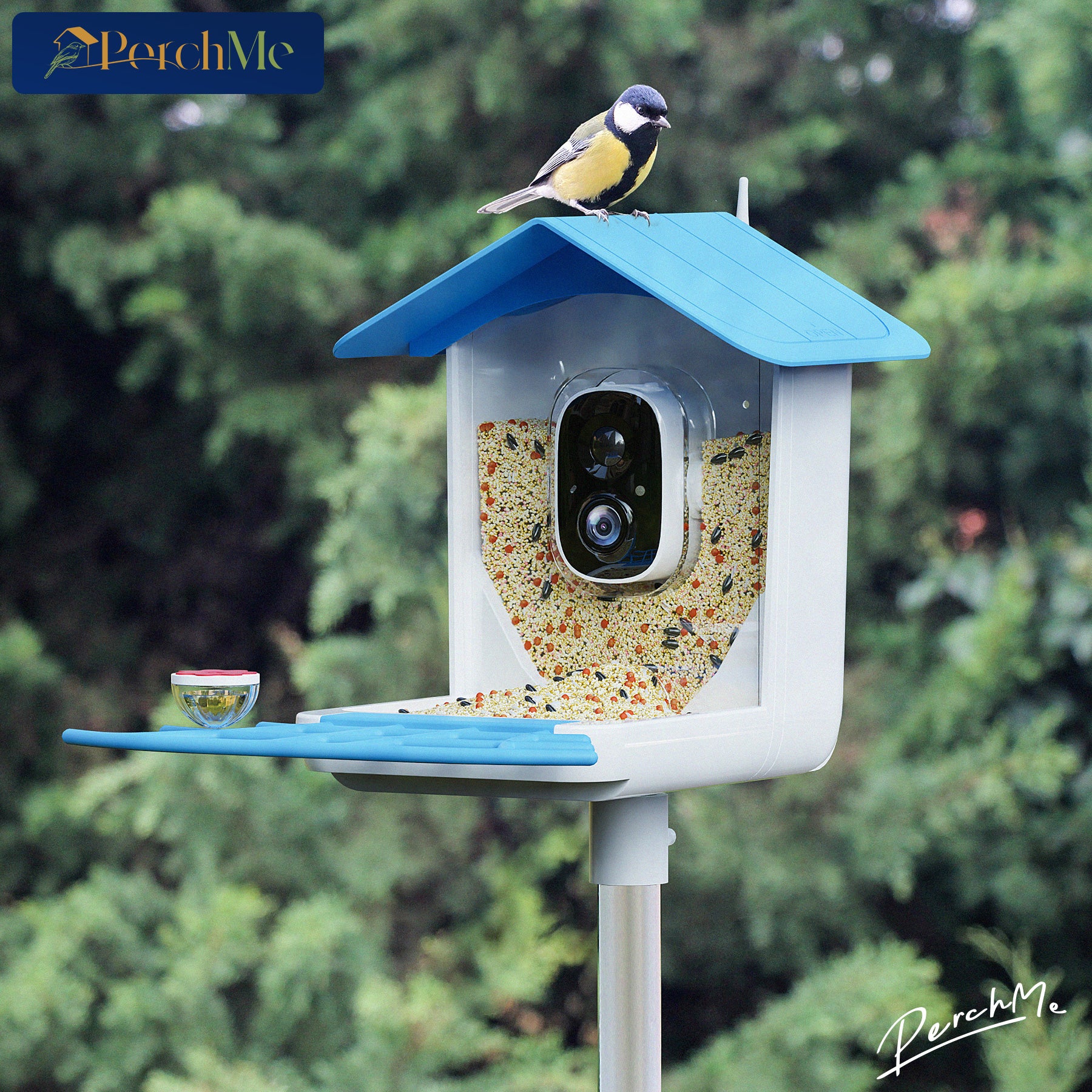
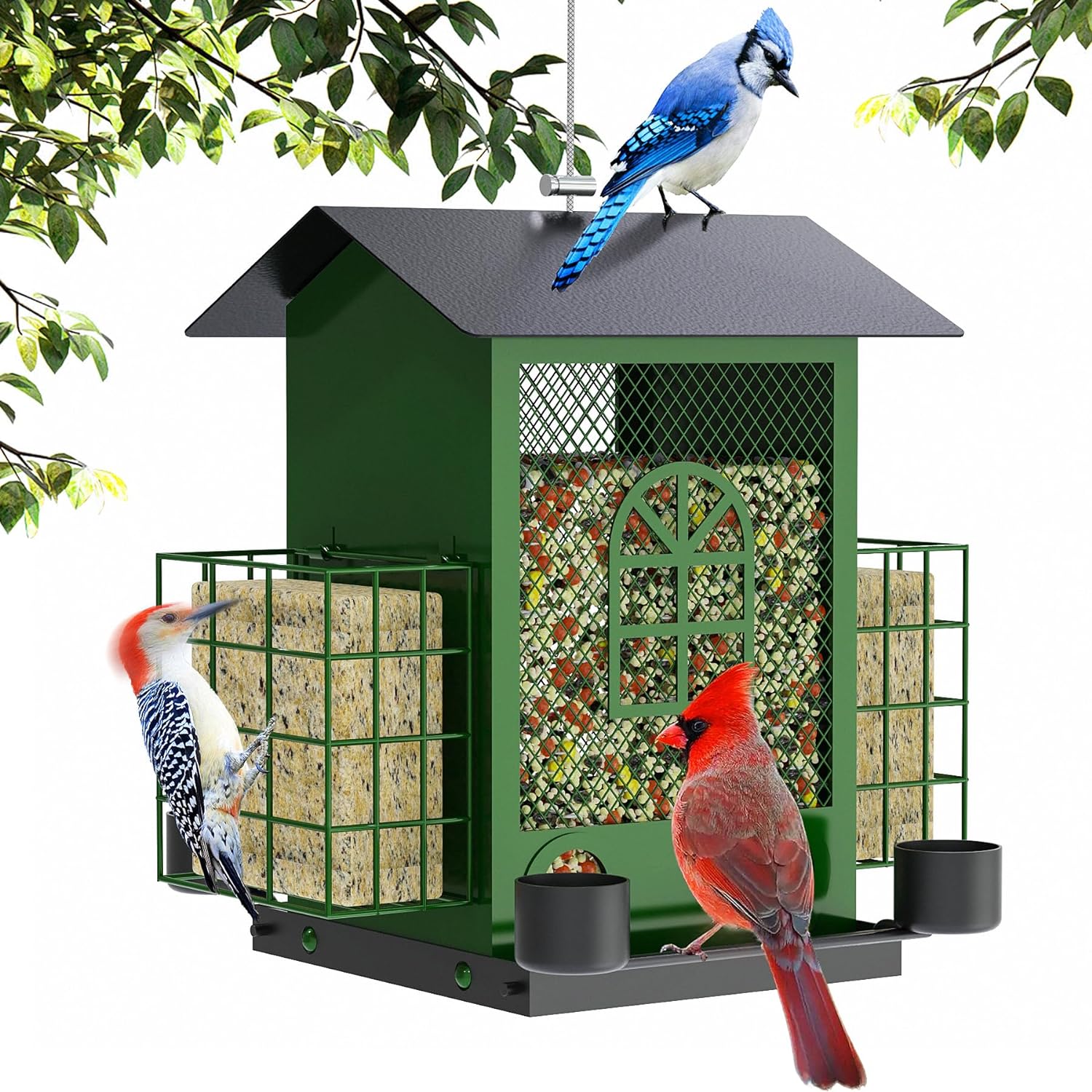
Leave a comment
All comments are moderated before being published.
This site is protected by hCaptcha and the hCaptcha Privacy Policy and Terms of Service apply.